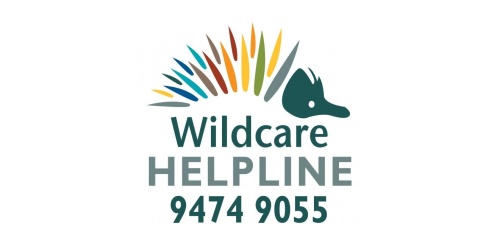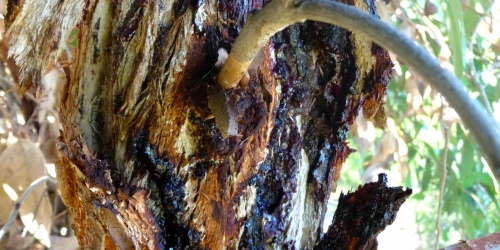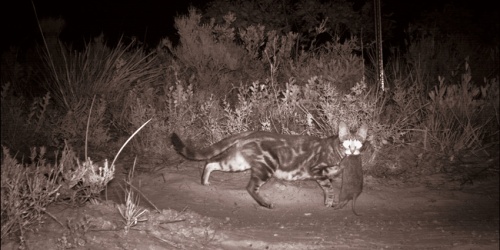
The Department of Primary Industries and Regional Development (DPIRD) is Western Australia’s lead agency for H5 bird flu.
The Department of Biodiversity, Conservation and Attractions (DBCA) is working alongside DPIRD and other State and Federal agencies to prepare for and respond to H5 influenza in wildlife.
What is H5 Avian Influenza (bird flu)?
DBCA is preparing for the arrival of H5 bird flu (specifically high pathogenicity avian influenza H5N1strain 2.3.4.4b), a serious and highly contagious strain that has moved quickly around the world. Australia currently remains free of H5 bird flu, but the threat of the virus entering, most likely from migrating wild birds, has increased.
Wild, farmed and pet birds can catch bird flu. Overseas, other animals have also been infected by this strain of H5 bird flu. These include marine mammals and scavengers noting cases have been detected in other mammals including dairy cattle and cats.
A small number of human infections (mostly mild) of the H5 bird flu have been reported overseas. Most infected people had close contact with infected animals and contaminated environments. The likelihood of humans becoming infected is low and there is no evidence of human-to-human transmission with the current strain.
What is the threat to wildlife?
Since 2020, this new strain of bird flu has caused unprecedented disease outbreaks in a wide range of domestic and wild birds and mammals in every continent except Australia.
To date, there has been no reported outbreaks of this strain in Australia and New Zealand, but the threat of the virus entering with migrating birds has increased.
In most of the rest of the world, the H5 avian influenza strain has:
- caused severe disease and high death rates in wild birds
- infected more than 500 bird species
- infected more than 60 species of mammals including seals, dairy cattle, cats, foxes, dogs, and pigs
- infected some people who worked closely with infected animals or environments contaminated with bird droppings
- the ability to directly infect poultry and cause severe disease immediately (without needing to mutate)
How to identify H5 bird flu in wild birds and mammals?
The signs of H5 bird flu can vary between different species of birds. In wild birds, signs can include:
- sudden death
- lack of coordination, tremors, swimming in circles
- twisted necks or other abnormal posture
- inability to stand or fly
- diarrhoea
- difficulty breathing, coughing or sneezing
- swelling around the head, neck and eyes
- cloudiness or change in colour of the eyes.
H5 bird flu can also infect mammals. Infection is usually associated with the mammal eating an infected animal or having close contact with the contaminated environment the infected birds are associated with. Signs in mammals can include neurological (lack of coordination, circling) or respiratory signs (nasal or eye discharge, difficulty breathing) or sudden death.
It is important for people who regularly work with or have contact with wildlife to know the signs of avian influenza in wild birds and mammals and report them. For more information, visit the DPIRD H5 avian influenza website.
What is DBCA’s role?
- Communicating with wildlife stakeholders to raise awareness, including wildlife rehabilitators and other licensees, commercial tour operators and other businesses operating on department-managed lands.
- Developing response strategies for key native species and sites at high risk of impact from bird flu, including captive populations at Perth Zoo.
- Participating in bird flu surveillance under the guidance of DPIRD.
- Responding to bird flu outbreaks under the guidance of DPIRD , which may include managing sick or dead birds or mammals and access to department-managed lands.
As those involved in wild bird rehabilitation may be the first to recognise the signs of an outbreak of H5 bird flu in wildlife, vets and wildlife rehabilitators can play important roles in detection and containment of this disease.
As well as being aware of the signs of H5 bird flu, appropriate biosecurity measures should be implemented by all individuals that may handle wild birds or mammals. This includes:
- Correct use and removal of personal protective equipment (PPE).
- Disposal or appropriately cleaning and disinfecting PPE and equipment after handling each animal (if practical).
Biosecurity plans should be in place for veterinary hospitals and wildlife facilities which should include, but not be limited to:
- Correct use and removal of personal protective equipment (PPE).
- Protocols for handling, examining, treating and admitting potentially infected animals.
- Protocols for entering and exiting, as well as cleaning an isolation area.
- Protocols for the disposal of possibly infected animals.
For more information, visit the DPIRD H5 avian influenza website.
What to do if you suspect bird flu
Record and Report
- Do not touch dead birds or other animals
- Take photos or a video, record your location and report it.
Report to Emergency Animal Disease Hotline on 1800 675 888
- More than 5 sick or dead wild birds
- unusual disease signs or mass deaths in wildlife, including marine mammals
Report to Wildcare Helpline: 9474 9055
- Fewer than 5 sick or dead wild birds
- Sick, orphaned or injured wildlife

More information and answers to frequently asked questions are available on the DPIRD H5 avian influenza website.


